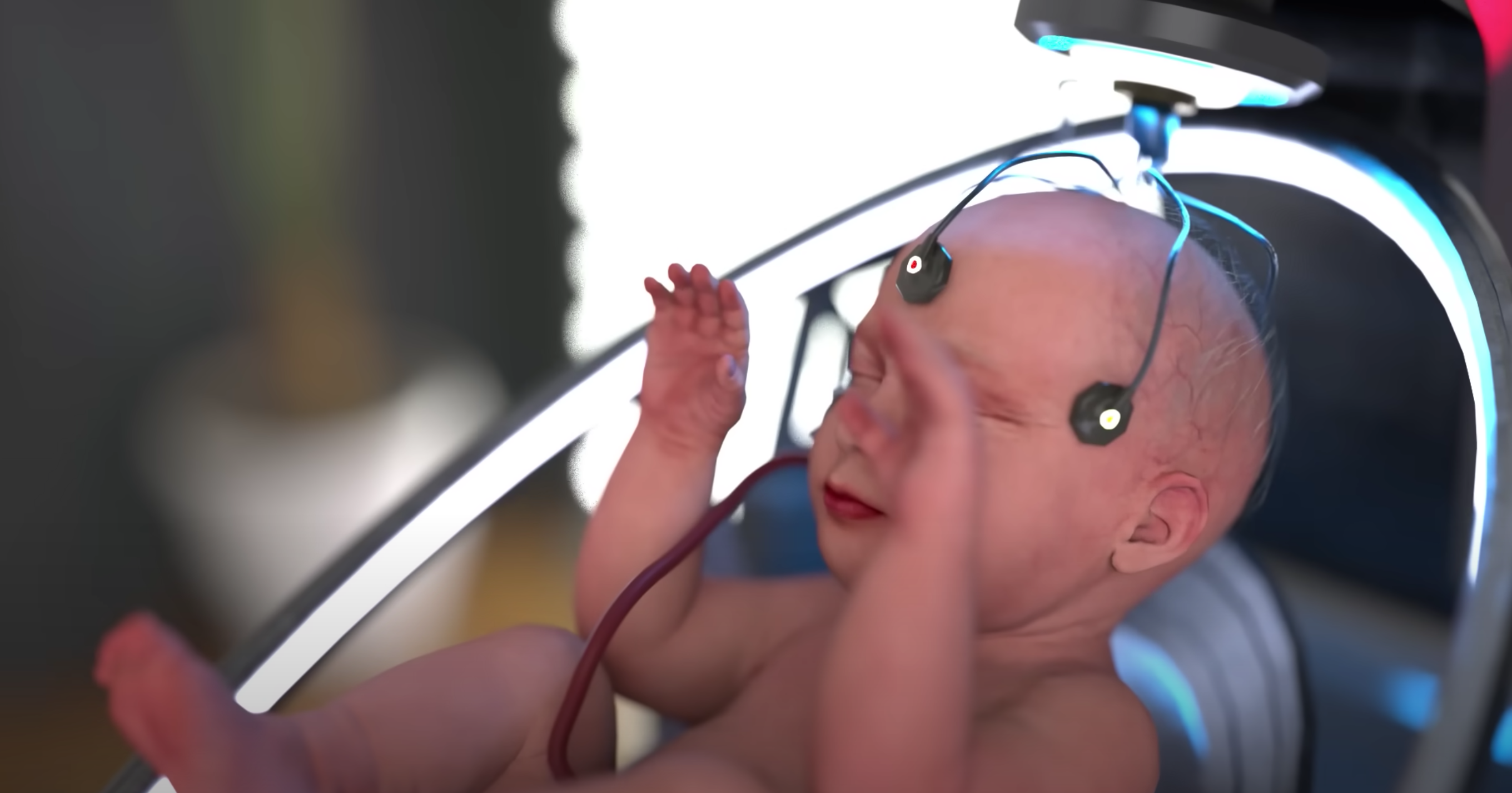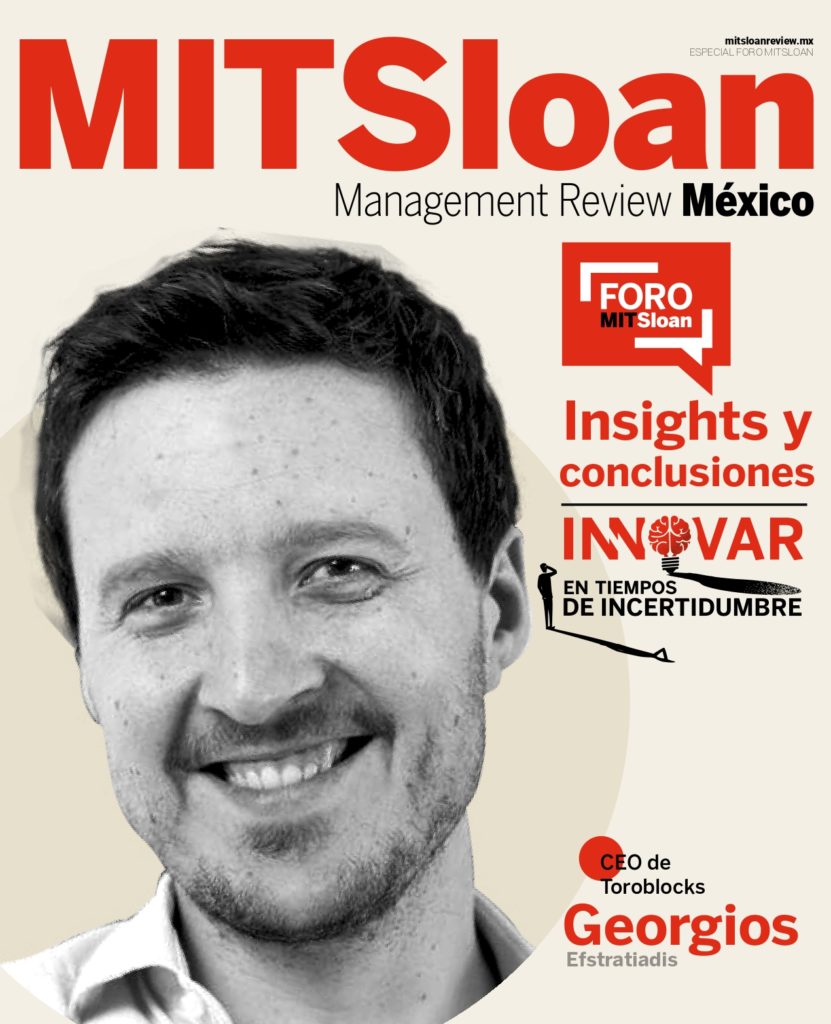
EctoLife: This artificial womb can deliver 30.000 babies a year.
EctoLife is the first company in the world to make an artificial womb that runs entirely on clean energy. It helps infertile couples who want to have their own biological children but can’t get pregnant. It is especially helpful for women who have had their uterus removed because of cancer or other problems. EctoLife could also help countries like Japan, Bulgaria, and South Korea, which are losing a lot of people and seeing their populations decline rapidly.

There are 75 high-tech labs in the building, and each one can hold up to 400 growth pods. These pods create the same conditions as a mother’s uterus, so babies can grow and develop without getting sick. EctoLife is made so that a single building can grow up to 30,000 babies in a lab every year. This is meant to make the birthing process better for both parents and children.
Tracking your baby via an app


Through the EctoLife app, parents can keep track of their baby’s health and growth. The app gives real-time data and a high-resolution live view of the baby’s growth. The app also has a special section where parents can share a timelapse view with family and friends. Also, the growth pods have speakers inside that play a variety of words and music. This helps babies learn language and new words before they are born.
With a 360-degree camera inside the growth pod, parents can use virtual reality to see and hear what their baby does. A wireless haptic suit connected to the growth pod lets parents feel their baby’s kicks in the womb and share this experience with others.
Thanks to two central bioreactors, the EctoLife facility gives your baby the best food for his or her growth. The baby gets food, oxygen, and a liquid solution that acts as amniotic fluid from the first bioreactor. There are also hormones, growth factors, and antibodies in this bioreactor that help the baby grow and develop. The second bioreactor gets rid of waste and turns it back into nutrients that plants need.
Choose your strongest embryo
In Vitro Fertilization is used to create and choose the most viable and genetically superior embryo before putting it in the growth pod. EctoLife also has an Elite Package that lets parents use the CRISPR-Cas 9 gene editing tool to change the embryo’s genes. This lets them change things like the child’s eye color, hair color, skin tone, physical strength, height, and intelligence level.

Since natural childbirth isn’t an option at EctoLife, babies are made through In Vitro Fertilization (IVF). This lets parents “create and choose the most viable and genetically superior embryo,” giving their baby a chance to grow without any biological problems. There is an Elite Package for customization that lets parents change more than 300 genes before putting the embryo in the artificial womb. This pick-and-choose feature is made possible by the CRISPR-Cas 9 gene editing tool. With this tool, you can choose things like height, intelligence level, and skin tone, as well as hair and eye color. The fictitious narrator of EctoLife says, “You can also use it to fix any genetic diseases that are passed down from your family.”
A sci-fi experience like this can even go beyond the lab walls. Parents who want a more personal option can install their own growth pods at home. These pods are supported by miniaturized bioreactors with batteries that last a long time, which adds an extra layer of comfort and safety to this strange but possible future scenario.
The process of giving birth is easy and doesn’t cause any pain or stress. With the push of a button, parents can empty the amniotic fluid from the fake womb and take their baby out of the growth pod. EctoLife also offers a free DNA paternity test after delivery to make sure that everything is clear.
Ethical questions
The creation of an artificial womb raises a number of ethical questions, such as:
- What it means morally to make a human life outside of the natural womb: Some people say that making a baby in a lab takes away from the sacredness of life and goes against the traditional idea of what it means to be a parent and a human.
- Genetic engineering: When it’s possible to change a baby’s genes, it makes you wonder what kinds of changes are ethical and acceptable. There is a chance that this kind of technology could be used to start a new kind of eugenics, in which only certain kinds of people are seen as desirable and worth living.
- Accessibility: Some people worry that not everyone will be able to use the technology the same way, which would make the gap between rich and poor and between countries and regions even bigger.
- Safety and effectiveness: There are concerns about the technology’s safety and effectiveness, such as the possibility that genetic mutations and other problems could happen during the incubation process.
- Impact on society: There is a chance that the artificial womb could make women and their role in reproduction even less important. This could make motherhood and maternal care less important.
- Disregard for natural childbirth: Since the artificial womb gets rid of the need for natural childbirth, it could lead to a general lack of respect for the process of childbirth and the pain and problems it can cause.
These are just some of the moral and ethical questions that need to be answered before artificial wombs can be made and used. It is important to have a debate that is open and includes everyone to figure out the social, legal, and moral effects of the technology and make sure it is used in a responsible and moral way.


